Filter by

Agriculture for Economic Development in Africa
This book explores the role of agriculture in long-term economic growth. With a particular focus on Ethiopia, the role of the state in igniting agricultural growth and in sustaining economic growth is highlighted as essential for low-income countries. Taking ideas from both economic history and development economics, the ability of Ethiopia and the rest of Africa to sustain recent rapid growth …
- Edition
- 1
- ISBN/ISSN
- 978-3-031-07901-6
- Collation
- -
- Series Title
- -
- Call Number
- XV, 98

Agricultural Development in Asia and Africa
This Open Access book explores the multifaceted nature of agricultural and rural development in Asia and examines the extent to which the Asian experience is being replicated in contemporary Africa. This volume compiles the works of top scholars who provided analyses and evidences from household-level surveys collected for many years in several parts of Asia and Africa. The most important findi…
- Edition
- 1
- ISBN/ISSN
- 978-981-19-5542-6
- Collation
- -
- Series Title
- Emerging-Economy State and International Policy Studies
- Call Number
- -
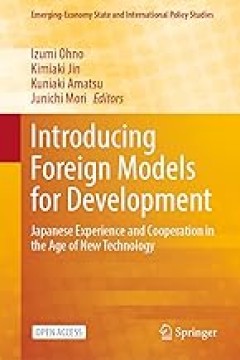
Introducing Foreign Models for Development
This open access book studies how foreign models of economic development can be effectively learned by and applied to today’s latecomer countries. Policy capacity and societal learning are increasingly stressed as pre-conditions for successful catch-up. However, how such learning should be initiated by individual societies with different features needs to be explained. The book answers this p…
- Edition
- -
- ISBN/ISSN
- 978-981-99-4237-4
- Collation
- XXVI, 338
- Series Title
- -
- Call Number
- -

Public Financial Management and Internal Control
This open access book focuses on the ‘downstream’ element of PFM, that is how public organisations utilise public resources. It argues that improvements in PFM/IC will only flow from a recognition that what really matters is the quality of management. Management reform is an essential precondition to the successful implementation of many new techniques. Only when a managerial capacity exis…
- Edition
- -
- ISBN/ISSN
- 978-3-031-35065-8
- Collation
- XXIII, 579
- Series Title
- -
- Call Number
- -
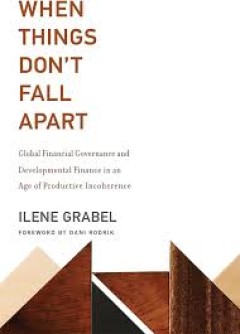
When things don't fall apart :global financial governance and developmental f…
An account of the significant though gradual, uneven, disconnected, ad hoc, and pragmatic innovations in global financial governance and developmental finance induced by the global financial crisis. In When Things Don't Fall Apart, Ilene Grabel challenges the dominant view that the global financial crisis had little effect on global financial governance and developmental finance. Most observers…
- Edition
- -
- ISBN/ISSN
- 9780262344043
- Collation
- 1 online resource (xxi, 372 pages)
- Series Title
- -
- Call Number
- -
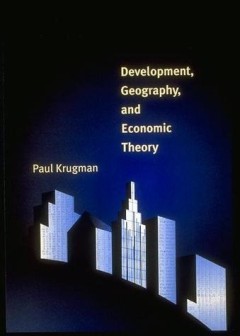
Development, Geography, and Economic Theory
OCLC-licensed vendor bibliographic record.
- Edition
- -
- ISBN/ISSN
- 9780262277686
- Collation
- 1 online resource (ix, 117 pages) :illustrations
- Series Title
- -
- Call Number
- -
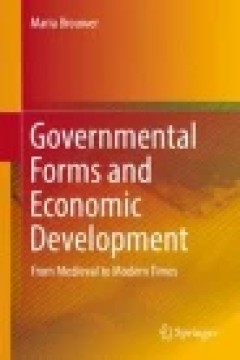
Governmental Forms and Economic Development from Medieval to Modern Times
This book investigates the performance of economic development under different forms of government, ranging from autocratic states to liberal democracies. Starting with a critical review of the literature on social and economic development, including the works of Frank Knight, Max Weber, Joseph Schumpeter and Peter Drucker, it offers a historical analysis of the expansion of markets, cities and…
- Edition
- -
- ISBN/ISSN
- 978-3-319-42039-4
- Collation
- X, 352
- Series Title
- -
- Call Number
- 330 GOV g
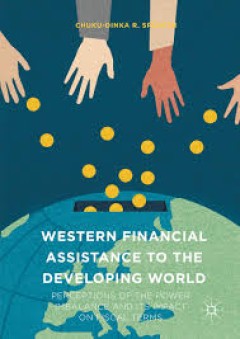
Western Financial Assistance to the Developing World Perceptions of the Powe…
This unconventional book addresses the imbalance of power between countries that give and receive funds for international financial development, with particular attention to the outcomes and impacts of this imbalance on recipient countries. It provides an in-depth analysis of the perceptions that population segments of recipient countries have of the power plays inherent in giving and receiving…
- Edition
- -
- ISBN/ISSN
- 978-1-137-58399-4
- Collation
- -
- Series Title
- -
- Call Number
- -

Readings in development economics.
These two volumes of readings attempt to bring some degree of structure to a relatively diffuse field. Because of the sheer volume of high-quality work in development economics research, they are intended as a sampling of work at the frontier of the field, rather than as a comprehensive overview. Volume II: Empirical Microeconomics focuses on empirical work. Topics covered include the relations…
- Edition
- -
- ISBN/ISSN
- 0262267705
- Collation
- 1 online resource (449 pages).
- Series Title
- -
- Call Number
- -

Water, Politics and Money A Reality Check on Privatization
This book reveals all that can potentially happen when a private company takes over a local water supply system, both the good and the bad. Backed by real life stories of water privatization in action, author Manuel Schiffler presents a nuanced picture free of spin or fear mongering. Inside, readers will find a detailed analysis of the multiple forms of water privatization, from the outright…
- Edition
- -
- ISBN/ISSN
- 978-3-319-16691-9
- Collation
- -
- Series Title
- -
- Call Number
- -
 Computer Science, Information & General Works
Computer Science, Information & General Works  Philosophy & Psychology
Philosophy & Psychology  Religion
Religion  Social Sciences
Social Sciences  Language
Language  Pure Science
Pure Science  Applied Sciences
Applied Sciences  Art & Recreation
Art & Recreation  Literature
Literature  History & Geography
History & Geography